Customer retention is arguably one of the most important factors in achieving consistent, sustainable growth for your products or services.
But that doesn’t stop new startups who understandably want to scale quickly making customer acquisition their main priority.
But hot tip: According to Forbes, chasing new customer conversions is four to five times more expensive than customer retention.
So, if you’re looking to scale sustainably as well as effectively – and you should be if you don’t want your org to be a flash in the pan – you need to get your customer retention game to the next level.
Simply put: your retention rates need to rival or surpass your customer acquisition rates.
But how can you do that without the right tools? There’s a whole host to choose from, but before you make an investment, you need to know what type of customer retention software suits your org.
That’s right, there are actually many different types. But we’ve got you covered. We’re breaking them down right here. But first let’s take a quick refresher on what customer retention software is and the real benefits.
What is customer retention software?
Unlock vital customer insights with retention software to swiftly address pain points. By tracking customer data and satisfaction metrics, you can pinpoint successful strategies and replicate them for future interactions.
In a nutshell: customer retention software allows you not only to address customer pain points in a timely fashion, but also inform the solutions with sound data.

What technology does customer retention software use?
You can boost customer loyalty and satisfaction through the cutting-edge technology that customer retention software offers, harnessing AI, live chat, and data analytics to deliver personalized, engaging experiences that keep 'em coming back for more.
What technology is used for customer retention software
We'll dig into this in more detail later in the article, but if you're pressed for time, here's a TLDR version:
Email campaigns
Get personal with your emails using CRM magic. Segment customers based on their data, and you'll serve up promos that hit the bullseye, driving engagement and repeat sales."
Customer satisfaction surveys
Turn those surveys into customer satisfaction gold. Get the feedback you need to boost the customer experience and keep them coming back for more."
Social Media Responses
Swiftly respond to customer queries, squash concerns, and ride high on positive feedback to build lasting relationships and fanatical brand loyalty.
Customer segmentation
Say goodbye to one-size-fits-all. CRM lets you tailor your messages to specific customer groups, guaranteeing personalized communication that seals the deal on customer loyalty and repeat business.
Personalized offers and promotions
Unleash the power of customer data with CRM. Create irresistible, tailor-made deals that keep your customers hooked and coming back for more.
Regular order updates and product launches
Stay on the customer's radar. Automate order status updates and product launch notifications, and watch satisfaction and loyalty levels soar.
Manage customer support follow-ups
Get customer support on lockdown. Track inquiries, follow up in a flash, and resolve issues like a pro, all in the name of happier customers who stick around.

Why do you need customer retention software?
1. It makes loyal champions
Customer retention tools are like your business's secret sauce for keeping customers happy. They make it a breeze for your customers to find answers to their questions, and they simplify everyday tasks like reporting issues, upgrading accounts, and getting in touch with support.
They make customer interactions effortless and allow SaaS professionals to come armed with crucial information to help the customer. With these tools on your side, your customers are not only more likely to stick around, but they'll also be singing your praises to all their friends and coworkers.
And it goes without saying that honest testimonials are a superb way to strengthen retention and boost acquisition.
In a time when modern consumers are savvy to traditional marketing tactics, your existing customers are a great tool for showcasing your product’s virtues authentically.
2. Tackle customer queries without a hitch
With customer retention tools in your toolkit, you can:
- Swiftly respond to customer questions with valuable resources, pricing details, links, and white papers—no sweat!
- Set up follow-ups with product experts with ease.
- Seamlessly transfer customer tickets between different support teams.
- Tempt potential customers with discounts and free trials to supercharge their conversion rates.
Gone are the days of tedious manual tasks throughout the sales process and post-conversion.
Customer retention platforms allow you to automate a significant chunk of your customer relationship workflow, freeing you up to focus on delivering unique resources and guiding those important conversations.
When you’re able to tackle a wider array of customer complaints this easily, you’re also able to drastically reduce churn, as you can automate handling of more fundamental problems, meaning your staff can put their brain power into solving the really tricky issues.
3. A godsend for marketing and sales
Customer retention tools are your secret weapon for laser-focused marketing and sales campaigns. They work their magic by sorting your users into groups based on shared traits like company size, pricing tier, location, role, and more.
This smart segmentation lets you serve up exactly what they need—whether it's valuable resources, personalized content recommendations, or instant solutions to their pain points. It's like having a tailor-made approach for each group in your audience.
4. Solve customer pain points
Customer retention tools pack a punch when it comes to anticipating your customers' needs. They come equipped with pre-built tools, resources, and help centers to tackle customer questions head-on.
These tools can also work their magic by delivering helpful product docs right to your users' dashboards and shining a spotlight on those nifty resources your customers might have missed.
The goal here is to set up triggers that steer users in the right direction, empowering them to solve issues using self-help resources and lightening the load on your support team, leading to overall improved customer service.
The goal is to be able to utilize technology to solve the more run-of-the-mill customer complaints so that your human staff can put more time and brainpower into solving more complex concerns.
In a nutshell: let your software automate so you can innovate.

5. Makes product analytics a breeze
Customer retention software isn't just about keeping customers happy; it can also be your ace in the hole for top-notch product analytics.
It pulls double duty by monitoring your users' behaviors, noting their resource preferences, tracking their navigation through your app and website, and flagging any hiccups that might impact their user experience.
The goal here is to have the most comprehensive overview of customer engagement patterns.
There’s no use trying to up your analytics game when you can’t highlight the point in the onboarding process when customers are falling through the cracks. Software tools allow you to get super granular in your customer analytics, so that your troubleshooting is laser-focused.
The 5 types of customer retention software
1. Customer relationship management (CRM)
CRMs are indispensable tools for effectively engaging and retaining both customers and potential leads, particularly for larger enterprises that have outgrown the limitations of spreadsheet management.
CRMs empower you by enabling automated actions like follow-ups, status updates, re-engagement through automated email threads, canned responses, and even the dishing out of discounts when specific preset criteria are fulfilled. They also excel in tracking customer tickets and more.
2. Marketing automation
By harnessing the power of top-notch marketing automation tools, you can seamlessly sync with your martech stack. You can also:
- Craft tailor-made experiences.
- Group users for effortless personalization.
- Scoop up feedback.
- Whip up slick reports.
- And seamlessly share insights between tools.
…All without the hassle of coding or manual data transfers!
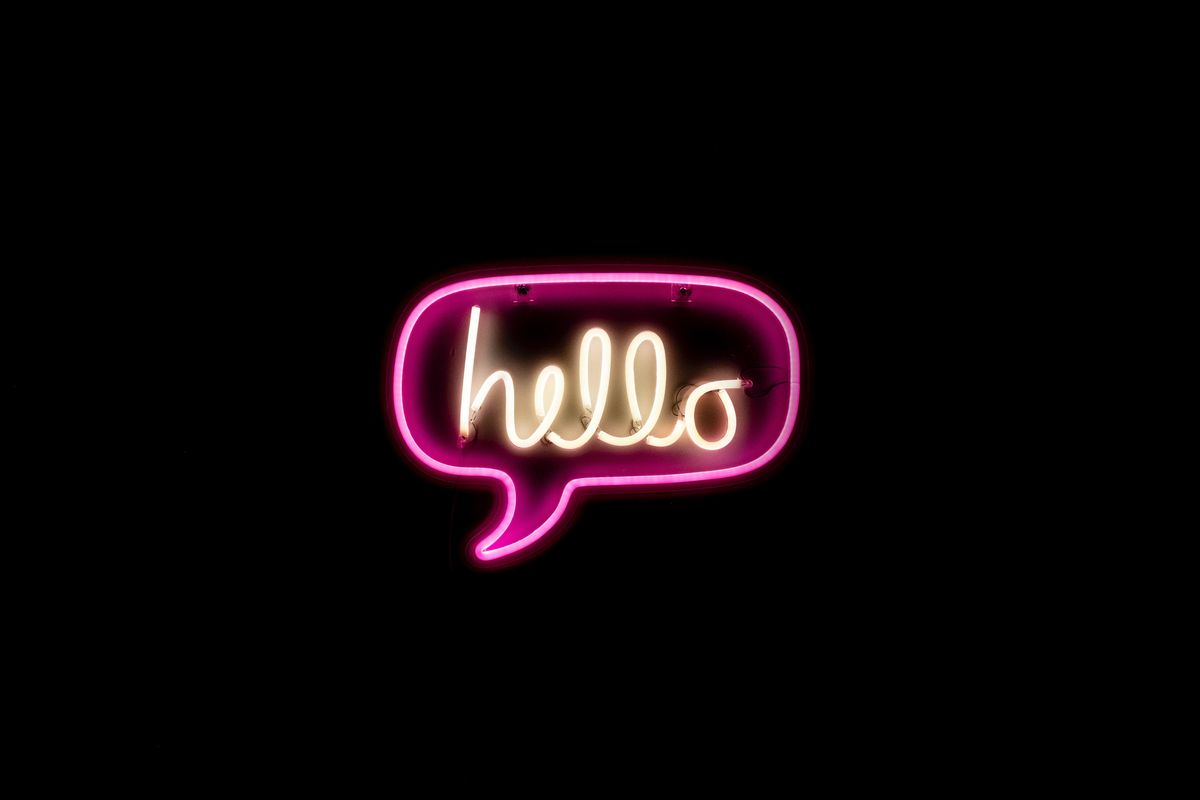
3. Customer support software
Customer support software is essentially the engine room of your customer support operations. Pull a lever (figuratively) and manage your chatbot automation, view customer metrics, or pull through vital product information.
4. Social media software
These days, social media is one of the principal methods for (continuously) connecting with peers. This demands consistent scheduling, and you have to be particular about when and where you post your content.
With the sheer amount of content you need to gain traction, this can be a bit of a headache without tools. Enter social media software!
Keep a hawk eye on your brand's mentions across your primary social channels, and swoop into action when your brand gets tagged or pops up in a conversation, or when you have something valuable to contribute.
Keep tabs on your engagement rates, interact with users and followers, and, of course, sprinkle in some meme magic.
5. Customer feedback software
No more guesswork! With modern tools at your disposal, you can bust out surveys and polls in a snap. With the likes of Pollfish, for example, you can get real-time feedback in the middle of your Slack and Zoom chats. And for a deep dive into your customers' vibes, check out Whatfix and Hotjar: They've got NPS surveys and a bunch of other nifty tricks up their sleeves.
What key aspects do customer retention software have?
Now it’s time to dive deep into the nitty-gritty of what this software can do to take your customer retention strategy to the next level.
Lead tracking and management, simplified
Picture this: You've got a snazzy CRM or helpdesk SaaS in your corner. These snazzy customer retention tools make capturing, sorting, and sending leads to your marketing toolkit a piece of cake.
So, imagine a potential lead chatting you up about your product. Bam! They're in your CRM. And when they give you the nod, you can send them some engaging emails.
And if they take the plunge and sign up, you can:
- Beef up their profile with all the details,
- Track their chats with your team,
- Smoothly pass the baton between SDRs and customer reps,
- Set up reminders for follow-ups,
- and even attach crucial files to their CRM profile.
It's all about making lead handling a walk in the park.
Rocking your email and marketing campaigns
These tools are your go-to for snagging email addresses through landing pages, pop-ups, and more. Not to mention, they let you customize email content for users based on pricing, company size, niche, and favorite product features.
Plus, you can spice up your emails with memes, dynamic content and other kinds of interactive content. It's all about keeping things fresh, engaging and showing your customers that you care about solving their problems, not just taking their money.
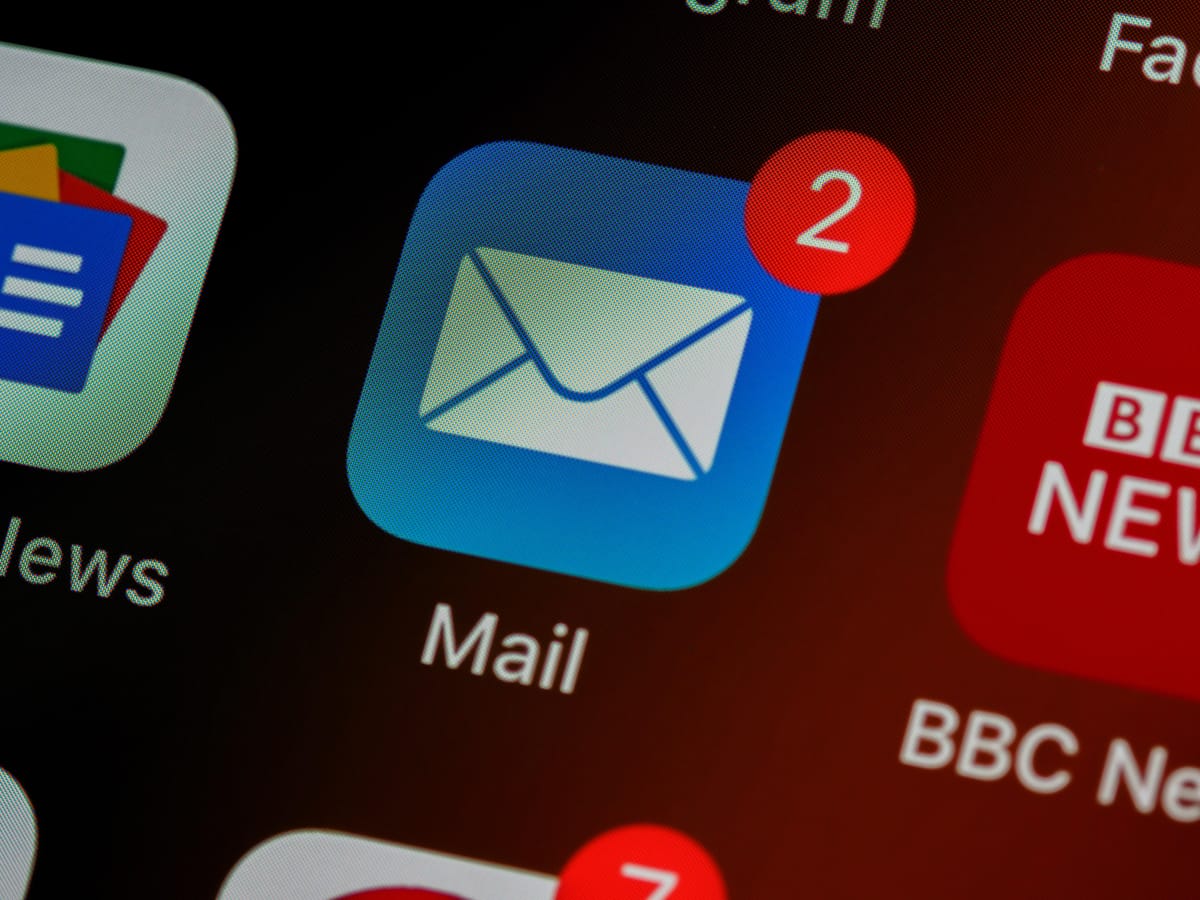
Customer support made easy
In current times, it’s not enough to simply react to customer concerns as and when they come in. Think all the customers having trouble finding the value moment in your product are going to be super vocal about it? Think again.
Your users are busy. And they’re not always going to consult your customer support people before churning. So you need to ensure you're using the latest software to track customer behavior; that way, you can proactively offer solutions once you’ve anticipated their pain points.
But what does that look like in practice? A Little like this:
- Link up your customers with your support squad, anticipate their needs by suggesting relevant content
- Seamlessly integrate valuable product documentation and resources right into your product's dashboard.
- Consider using guided onboarding tools that provide step-by-step product tours.
Providing maximum integration
Imagine you're running a lead generation campaign for your SaaS. Typically, you'd ask prospects to reach out or share their emails for personalized follow-up.
Customer retention tools take this to the next level. They smoothly integrate with your marketing and growth toolkit.
You can gather email addresses from a landing page, send them over to Mailchimp for drip campaigns, update their status in Salesforce CRM when they opt-in, and even schedule meetings with your product experts. All without touching a single line of code. It's that easy!
Ultimate customization
The perfect customer retention platform should be inherently no-code. This means both product engineers and marketers can effortlessly tweak it, rearrange layouts, link up third-party tools, and more—all without the need for coding.
Top customer retention software choices for SaaS growth
So, now that we’ve established some of the key benefits of customer retention software, it’s time to reveal the show-stopping software solutions that have proven invaluable for ensuring customers stick around.
When it comes to software, there’s no one-size-fits-all. That’s why we’re giving you a comprehensive catalog of picks to choose from. So, without further delay, let’s get started.
Salesforce
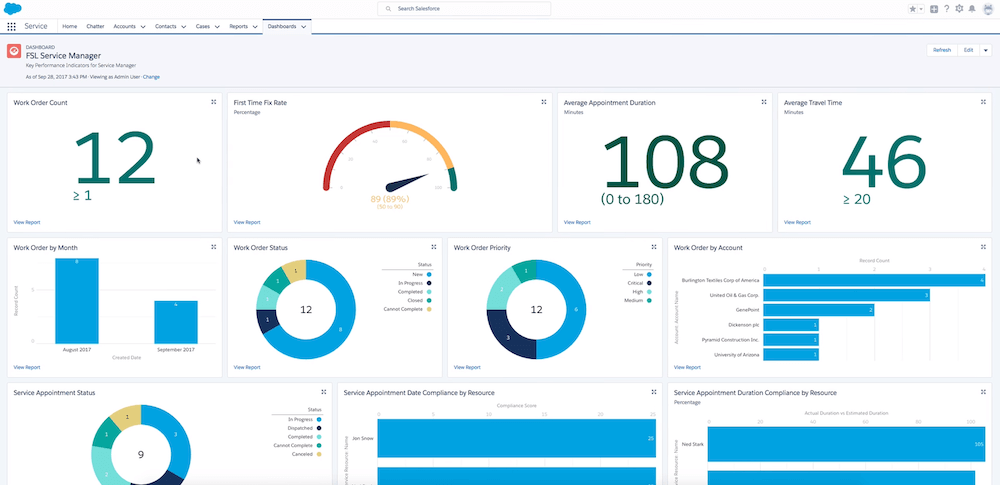
Salesforce reigns supreme as the ultimate enterprise CRM powerhouse. It's your one-stop shop where sales teams conquer the world—capturing and nurturing prospects, automating tasks, and syncing seamlessly with your marketing and growth arsenal.
You can seal the deal right within SF using Adobe Sign or DocuSign, get cash flowing in real-time with PayPal, Stripe, or Braintree, and dazzle with custom reports and dashboards spotlighting your star metrics.
Pricing: Starts at $300 per user per year
HubSpot

HubSpot is the ultimate all-in-one for businesses, whether you're a small startup or an industry giant.
Their free CRM is a lead-capturing, segmentation, and engagement wizard. The marketing suite? It flaunts a CMS to craft slick landing pages, host videos, and store your marketing gems. And as for the Service Hub, it's your ticket to live chat, a shared inbox for customer queries, nifty surveys, and support playbooks for ironing out those wrinkles.
Pricing: The free tier is quite limited, but if you're ready to dive into the paid plans, they kick off at $540 per user per year. You can opt for CRM, Marketing, Sales, or Customer Service Hubs individually, as they're sold separately.
Keap
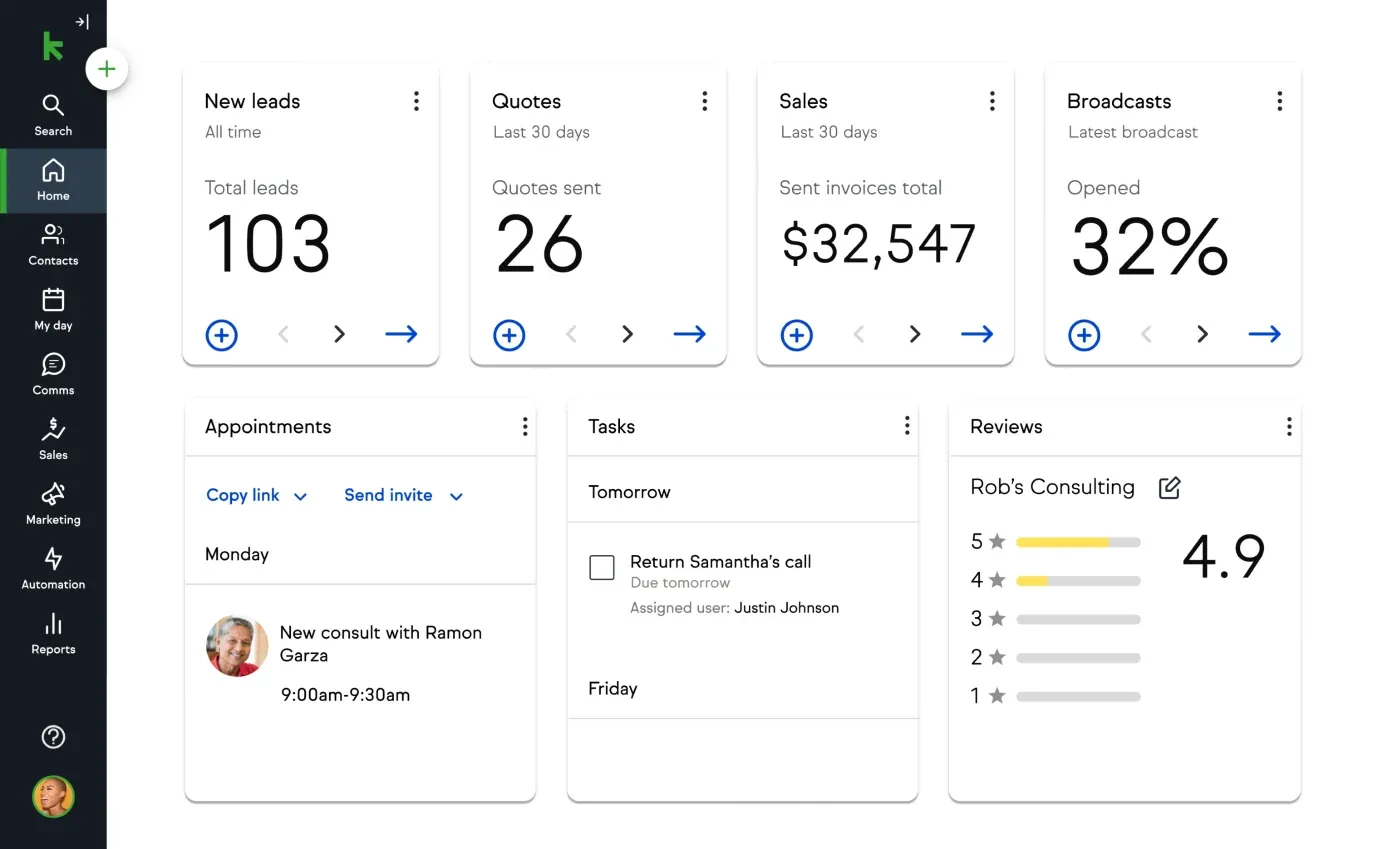
Keap, previously known as Infusionsoft, is your sales automation superhero. It swoops in to capture leads, dazzles with automated email and text campaigns, and serves up a 360-degree view of your marketing and sales journey.
Pricing: Starts at $1,548 per year for two users
Hotjar

Hotjar is great at snagging those juicy product analytics insights. It's armed with heatmaps that reveal the hottest and coldest spots on your website and app, live feedback widgets for NPS and CSAT surveys, and action-packed session replays showcasing your visitors' on-screen journey.
Pricing: The free tier is quite restricted, and the pricing model can be a bit intricate. To unlock the paid features, you're looking at a starting price of $13,248 annually, catering to a user base of up to 100,000 active users.
Optimove
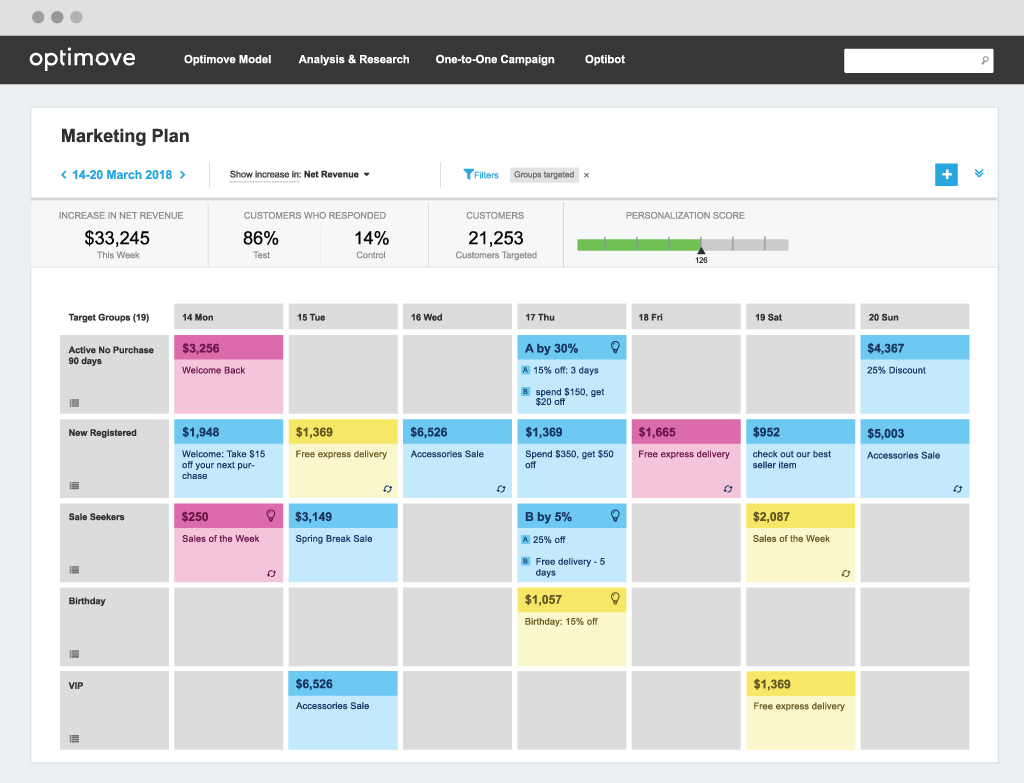
can take your marketing and sales teams to the next level!! It's all about personalizing the user journey through the magic of customer data and AI-led orchestration.
Picture this: campaigns with personalized recommendations, a galaxy of user segments, and laser-focused targeted campaigns that make your audience swoon. Plus, you'll know exactly where those conversions came from, so you can channel your growth budget where it packs the most punch.
Pricing: Contact sales.
Baremetrics
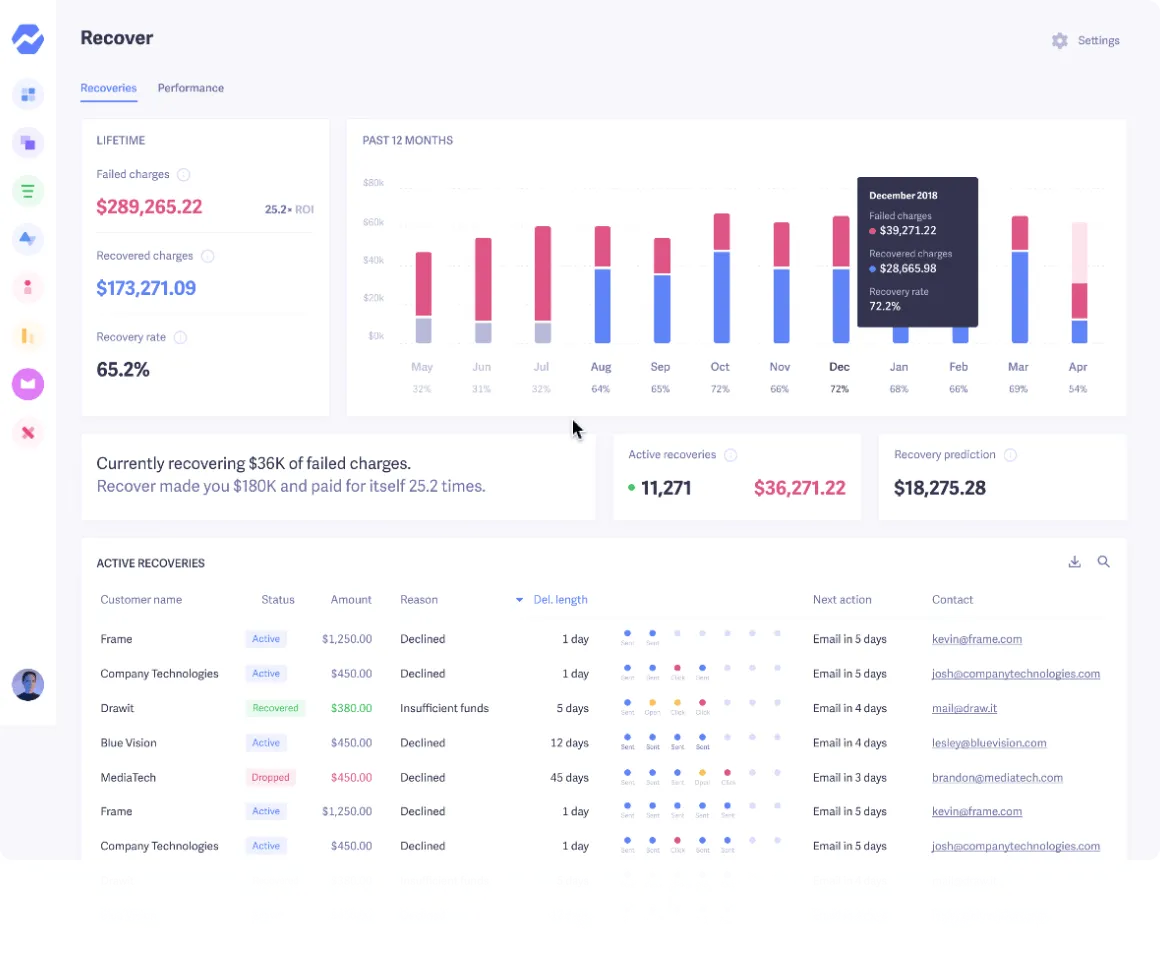
Baremetrics is your ticket to getting the real deal on your customer retention rate. It's the key to tracking how many customers come back, spotting potential hiccups and golden opportunities, and ensuring that your efforts to retain customers are really paying off.
Pricing: Subscription starts at $208/mo, start your free trial here.
ActiveCampaign
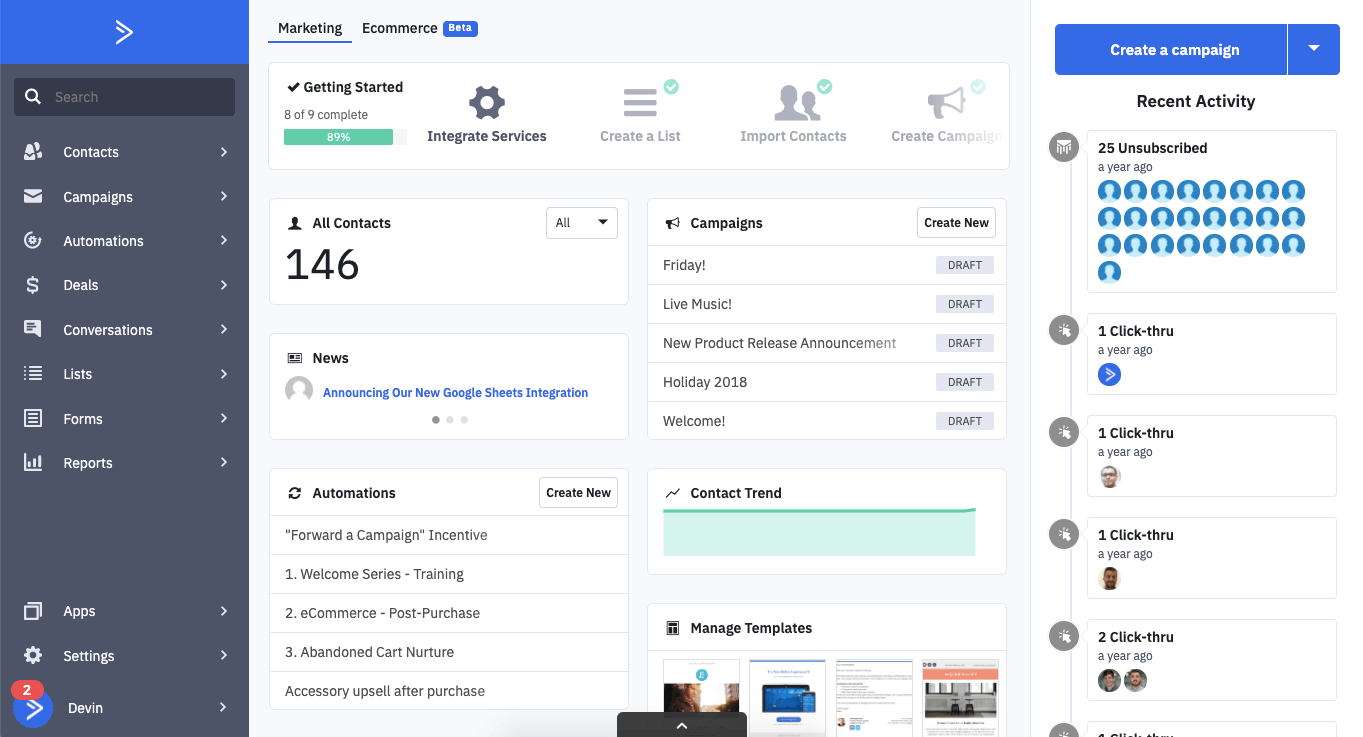
ActiveCampaign is a top-tier solution for customer experience automation, packing email and SMS messaging, a slick landing page builder, engagement tracking, and a CRM into one handy package.
Why is it a must-have? Because reaching out to your customers through email, SMS, or push notifications is not only effective but also budget-friendly. Boost your customer retention game by luring them back with enticing coupons, irresistible offers, or tailored product recommendations. And that’s just a taste of what’s in store for you.
Pricing: Starts at $29.00/mo annually, with customizable options.
Yotpo
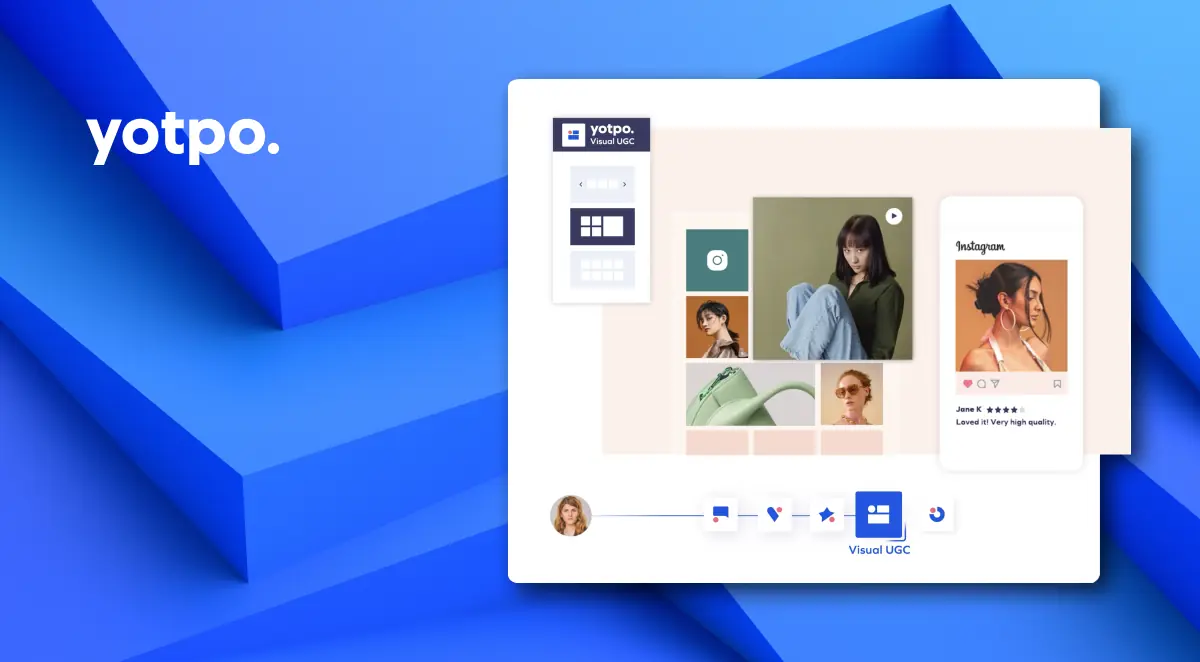
Yotpo, the ecommerce marketing powerhouse, is superb for gathering customer reviews, firing off SMS messages, and crafting jaw-dropping rewards and loyalty programs. It's got a smooth compatibility groove with Shopify and BigCommerce. So, why should you be buddies with Yotpo?
You can whip up and launch a knockout customer loyalty program with drag-and-drop design tools, take aim and shoot targeted SMS, MMS, and email messages, keep tabs on your loyalty program's success with your performance dashboard, and so much more.
Pricing: Starts at $15/mo annually.
Zapier
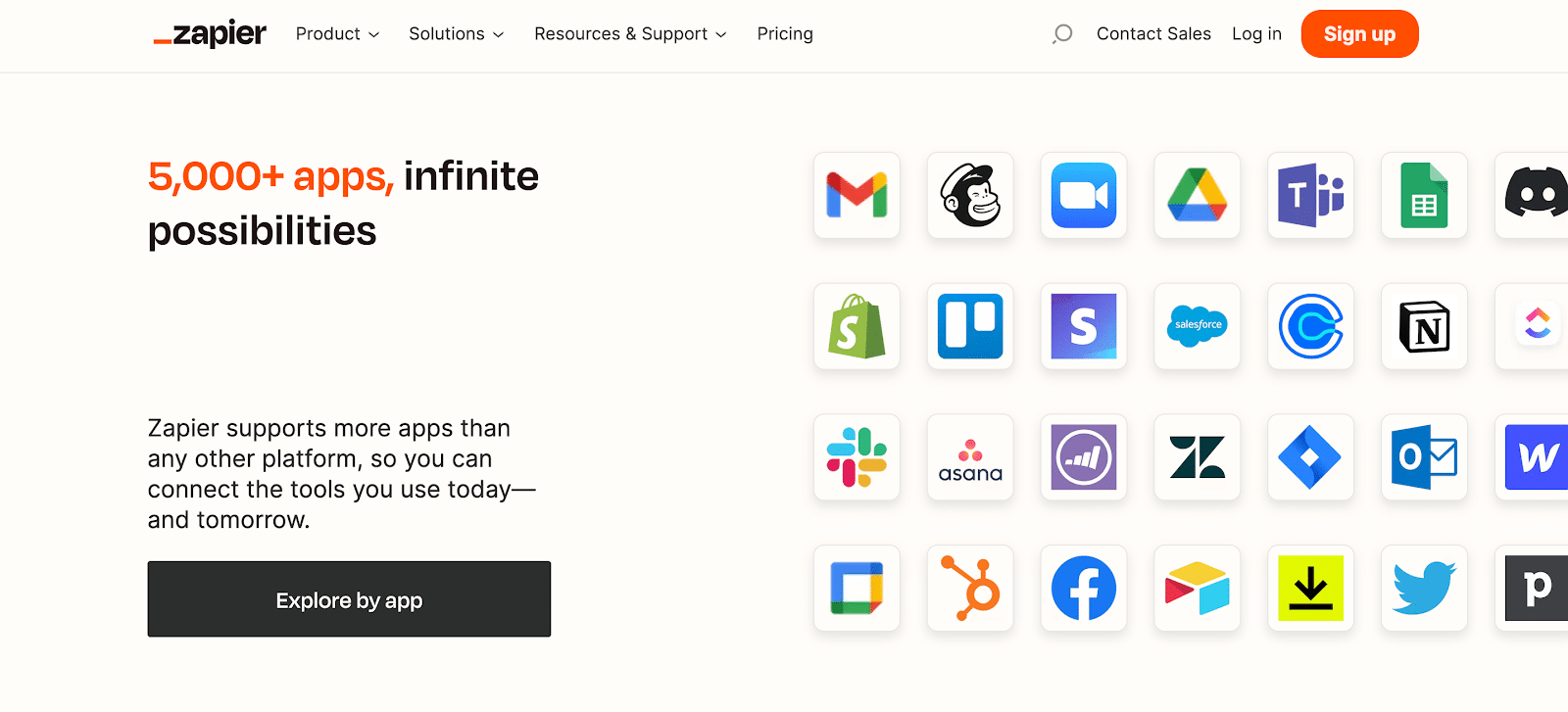
Zapier, the wizard of workflow automation and app connections, might just be the solution you need for linking tools effortlessly, all without the need for code. Why's it a must-have?
Well, when it comes to amping up customer retention, you're juggling various tools. Zapier swoops in to save the day by seamlessly connecting them, automating data transfers, and ensuring you stay organized without breaking a sweat.
Pricing: Basic automation is free, starter pack pricing begins at $19.99/mo annually. 10. Whatfix Whatfix, the genius in guided onboarding, is your go-to for helping users effortlessly navigate your product, access resources when they need them, and dish out feedback via NPS surveys.
But here's the twist: Whatfix is the no-code superstar in town. Say goodbye to complicated setups and hello to designing onboarding flows, launching popup modules, and embedding help docs on your product dashboard—all with a simple drag-and-drop editor.
Pricing: Contact sales.
Whatfix

Whatfix, the genius in guided onboarding, is your go-to for helping users effortlessly navigate your product, access resources when they need them, and dish out feedback via NPS surveys.
But here's the twist: Whatfix is the no-code superstar in town. Say goodbye to complicated setups and hello to designing onboarding flows, launching popup modules, and embedding help docs on your product dashboard—all with a simple drag-and-drop editor.
Pricing: Contact sales.
Wrapping up
There you have it. Achieving the ultimate customer satisfaction needs to be a multi-pronged strategy. You need to offer exceptional customer experiences, sure, but you also need to be proactive in tackling customer concerns and pain points. Above all else, your service needs to make the day-to-day working lives of your customers smoother.
It’s no easy feat, and you’ll need more than a little ingenuity to make that customer journey plain sailing, but with plenty of tools in your arsenal, hopefully you can make a good start.




